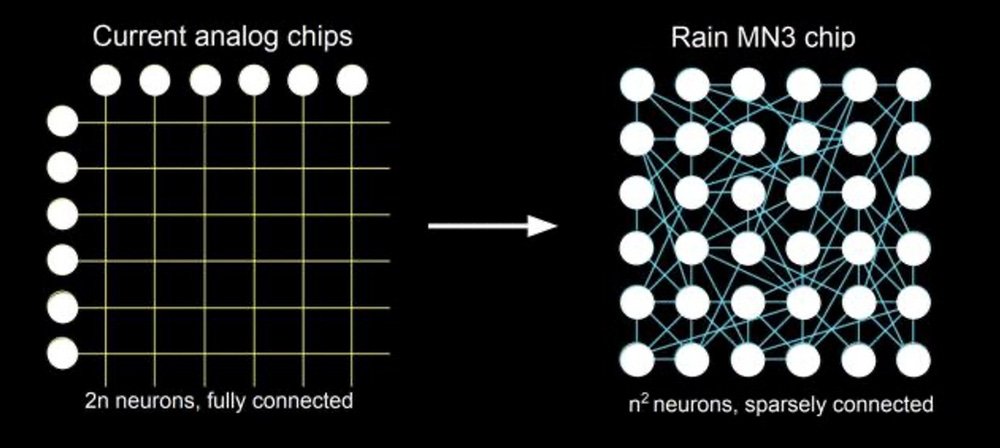#10. DNA storage
December 20, 2021
Matrix Resurrection is coming out soon, and I’m super pumped. It used to be ultra futuristic to imagine using humans as computers or storing DNA on computers. Taking the essence of ourselves and uploading it onto analog computers. But things have started to shift the other way. We’re not interested in storing DNA on computers, we’re interested in storing traditional data on DNA. 🤯
Today we spend 2% of our global energy on processing. To put that into context, when OpenAI created GPT-3, training the algorithm took 3 months and cost $10m for 20 megawatts. That’s equivalent to the power 13,000 homes consume in a year. Those chips, like the ones powering the screen you’re reading this on, are GPU chips likely from NVIDIA, Intel or TSMC (who is at the center of much of the China/Taiwan tension). GPUs, literally graphic processing units, are the most advanced chips in existence, but they were built for video game graphics, not massive AI training sets. So when teams need to handle large training sets, they have to use brute force to get their algorithms to run on an exorbitant amount of chips, thus the energy costs. When OpenAI trained GPT-3, the had to use 10,000 GPUs when the most advanced algorithms at the time only used two (2!).
Frontier companies are creating a new set of chips for the modern world by taking cues from biology.
On the processing side, the team at Rain Neuromorphics is creating new hardware to more efficiently process today’s AI algorithms. How? Basing the designs on the human brain.
Rain’s chips are laid out to mirror the brain with many highly paralleled channels of information. Unlike chips today, Rain’s nodes integrate both memory and processing. Because they can handle much more complexity with more elegance, Rain’s processing chips require 1/1,000 of the energy.
Then there’s storage. Companies like Iridia are creating new storage models by, again, taking their cues from biology. This time, it’s DNA.
Currently, more than 20 zettabytes of digital data are lost each year due to storage capacity limitations. Companies like Iridia are attacking this problem by solving the density problem. In other words, how much data can we pack into the smallest possible space. Currently 1GB of data per cm3. But one of the most dense forms of information capture in the universe is DNA.
Rather than storing information as 1 or 0, DNA storage technologies store digital information into sequences of nucleotides (ATCG - the building blocks of DNA). Our traditional 1s and 0s are converted into As, Ts, Cs & Gs and synthesized into DNA strands. The sequenced DNA can then eventually be read back much like DNA is today. Companies like Iridia are going a step further to ensure these sequences can be easily read directly by current systems. This takes us from about 1GB of storage per cm3 to 1PB (1,048,576 GBs) per cm3.
In today’s world of microchip shortages, there’s no lack of demand for any chips, even lowly GPUs from NVIDIA. But as more of these companies commercialize new products, not only will they unlock new software opportunities, but they’ll also cause a step change in cost-sensitive data centers. Even if these chips are significantly more expensive, which they should be, 1,000x less energy use or 1,000,000x more storage capacity is not a tough ROI to justify. Look out Intel.
